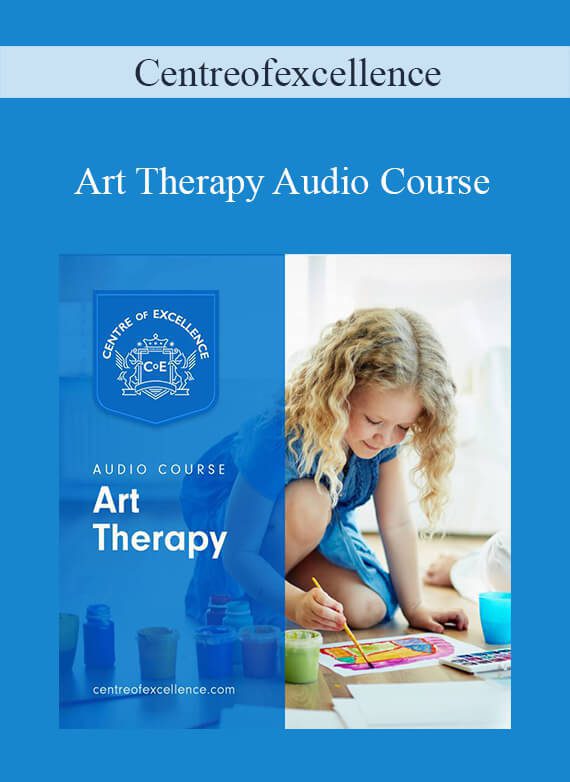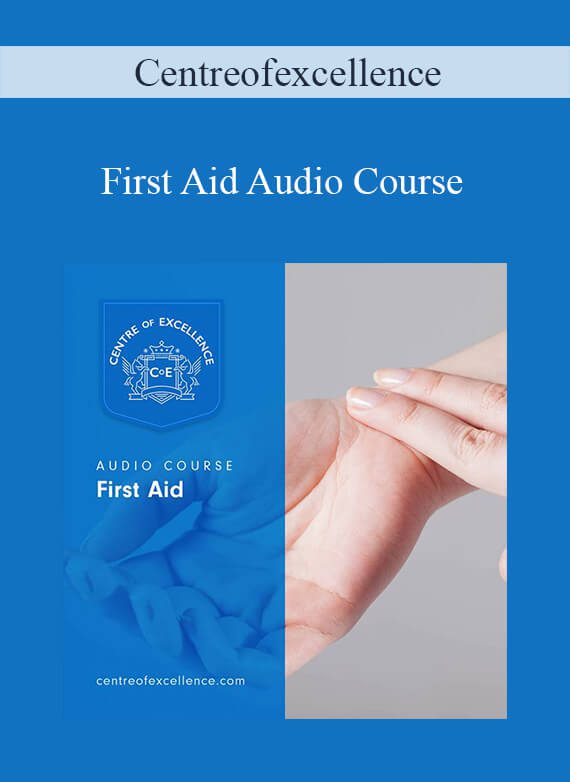Centreofexcellence – Play Therapy Course
$147.00 Original price was: $147.00.$44.00Current price is: $44.00.
Digital Download: You will receive a download link via your order email
Should you have any questions, please contact us: [email protected]
 Centreofexcellence – Play Therapy Course
Centreofexcellence – Play Therapy Course
What Will You Learn?
Whether you are interested in building your own play therapy business, have a background in psychology, counselling or education and would like to work towards gaining a licence in this area, or are a parent whose child is about to undergo, or who already is undergoing play therapy, and you would like to understand it better, the Play Therapy Course is for you.
Many people who are working in the field of mental health or who have received special training about dealing with children have researched extensively and discovered that development and learning are best brought about as a result of play.
The purpose of play therapy is to help children who have some kind of social and emotional skills missing, learn the adaptive behaviours that are needed to survive socially in today’s world. Furthermore, this therapy technique can also be used to provide children with insight about the problems that they are facing and help them in finding various solutions to these problems. Play therapy is also known to promote cognitive development within the minds of children.
In most cases, it is hoped that children will, as a result of play therapy, learn the different ways in which they can communicate with other people and express their feelings. Furthermore, the therapy technique is also designed to help children in modifying or correcting their behaviour, learn various problem-solving skills that are essential at their stage of development and help them learn how they can and should relate to other people.
To become a play therapist, you need to understand the benefits of its use over other types of therapies and how you can help children with their specific problems. We will show you how you can progress in a career in this area, and what you’ll learn from this play therapy training course.
The Play Therapy Course is where you will learn all the types of play therapies that are used, such as sensory and embodiment play therapy, dramatic roleplaying, art and crafts, storytelling, sand-pits, and mosaics, and the techniques and applications of each. Also covered is information on how to set up a suitable environment for play therapy.
Students will learn about the psychology behind self-esteem and self-esteem from a child’s perspective. The course outlines how you can use play therapy to improve a child’s self-esteem.
Many of the clients receive will have suffered some sort of trauma. We explain how trauma works, the symptoms, and the consequences of going through trauma. You will then learn how play therapy can help a child overcome the obstacles presented by trauma, and enable students to understand and empathise with their clients.
The Play Therapy Course guides learners through the explicit dos and don’ts of play therapy. This ensures that the children and their parents get the most out of each session and ensures that you, as the therapist, continue to hone your skills in this area and gain a good reputation, which in turn will help your business to flourish.
We give you real-life case studies, from both the client’s and therapist’s points of view, to give concrete examples of the ‘how’ and ‘why’ play therapy works, as well as showcasing example methods.
Finally, we will outline the next steps for you to take on your journey to becoming a professional play therapist.
Course Syllabus
Module 1: What is Play Therapy?
5 parts
Part 1: Introduction
Part 2: Play Therapy: A History
Part 3: Why is Play Therapy Still Relevant?
Part 4: Key Elements Worth Knowing About
Module 1 Assessment
Module 2: Why Use and Learn Play Therapy?
7 parts
Part 1: Advantages of Play Therapy
Part 2: Who uses Play Therapy?
Part 3: Getting to Know Your Clients
Part 4: Becoming a Professional Play Therapist
Part 5: What to Do Next?
Part 6: Summary
Module 2 Assessment
Module 3: Types of Play therapy
8 parts
Part 1: An Introduction to Types of Play Therapy
Part 2: Dramatic Role Playing as Therapy
Part 3: Art in Play Therapy
Part 4: Creating the Right Environment for Play Therapy
Part 5: Stories and Story Telling
Part 6: Sand Pits and Creative Mosaics for Play Therapy
Part 7: Summary
Module 3 Assessment
Module 4: Self-Esteem and Play Therapy
9 parts
Part 1: Self-Esteem and Play Therapy
Part 2: Self-Esteem in Child Psychology
Part 3: Play Therapy for Improving Self-Esteem
Part 4: What Can the Parents Do?
Part 5: Your Role as a Play Therapist
Part 6: How to Provide Therapy for Self-Esteem
Part 7: Techniques Used in Play Therapy
Part 8 Summary
Module 4 Assessment
Module 5: Trauma and Play Therapy
5 parts
Part 1: What Constitutes a Traumatic Experience for Your Client?
Part 2: Advantages of Play Therapy for Those Who Suffer from Trauma
Part 3: What is Effective Therapy?
Part 4: Summary
Module 5 Assessment
Module 6: The Future of Play Therapy
7 parts
Part 1: Research Endeavours in Play therapy
Part 2: Efficacy and Effectiveness
Part 3: Current Scope of Play Therapy
Part 4: Variety of Symptoms
Part 5: Why Play Therapy is Safe and Effective
Part 6: Summary
Module 6 Assessment
Module 7: Precautions
4 parts
Part 1: Dos
Part 2: Don’ts
Part 3: Summary
Module 7 Assessment
Module 8: Case Studies
7 parts
Part 1: Case Studies
Part 2: Play Therapy Case Studies
Part 3: Individualized Case Results and Discussion for Anton
Part 4: Individualized Case Results and Discussion for Berto
Part 5: Play Therapists case studies
Part 6: Summary
Module 8 Assessment
Module 9: Conclusion
4 parts
Part 1: What Did We Learn?
Part 2: Next Steps
Part 3: Summary
Module 9 Assessment
Sale Page: https://www.centreofexcellence.com/shop/play-therapy-course/
Archive: https://archive.fo/RN32m
Delivery Method
Be the first to review “Centreofexcellence – Play Therapy Course” Cancel reply
Related Products
Psychology & Body Language
Business & Sales
Everything Else
Medical & Health
Medical & Health
Medical & Health
Medical & Health













Reviews
There are no reviews yet.